
Few flowers can match the charm and elegance of the tulip. With their cup-shaped blossoms and striking array of colors, tulips have captivated gardeners and flower enthusiasts for centuries. But beyond their beauty, tulips symbolize much more: they stand for renewal, hope, and resilience. These traits make them not only a delightful addition to any garden but also a source of inspiration as we navigate the seasons of life.
A Story of Resilience and Hope
Tulips have a rich history rooted in resilience. Originating in the rugged mountains of Central Asia, tulips found their way to Europe in the 16th century, where they quickly gained popularity, particularly in the Netherlands. The tulip’s hardiness in the face of cold winters and ability to thrive in poor soils made it a symbol of hope and endurance.
In fact, tulips became the focal point of the first recorded economic bubble, the famous “Tulip Mania” in the 1600s, when their bulbs were traded for exorbitant sums of money. But despite the bubble bursting, tulips remained beloved, thanks to their stunning beauty and incredible adaptability. Today, the tulip’s journey reminds us of the cyclical nature of life—there may be setbacks, but with time, growth and beauty return.
A Garden of Color
One of the most exciting aspects of growing tulips is the sheer variety of colors and shapes they offer. From brilliant reds and sunny yellows to soft pinks, deep purples, and even multi-colored varieties, tulips can suit any gardener’s taste. Each spring, they burst into bloom, bringing a sense of joy and optimism that sweeps away the lingering chill of winter.
Beyond their traditional cup-shaped blooms, tulips also come in different forms. Fringed tulips, with their delicate, lacy edges, and parrot tulips, with their dramatic, ruffled petals, offer unique twists on the classic tulip. Whether you’re looking to create a formal garden or add pops of color to a naturalized landscape, there’s a tulip variety for you.
Tulips are also wonderful for container gardens. Planting them in pots or window boxes is a great way to enjoy their beauty, even if you have limited space. Imagine stepping outside your door in early spring and being greeted by a vibrant display of tulips—it’s a simple way to add beauty to your day.
Planting for Success
Tulips are surprisingly easy to grow, making them perfect for gardeners of all levels. Planting tulip bulbs in the fall ensures a dazzling display in spring. They thrive in well-drained soil and prefer sunny spots, though they can tolerate some shade. One of the joys of planting tulips is the anticipation they bring—during the cold months, their bulbs lie dormant in the ground, quietly preparing to emerge once the days lengthen and temperatures rise.
To plant tulips, choose large, healthy bulbs and plant them pointy side up about 6-8 inches deep. Space them a few inches apart for a dense, showy cluster, or scatter them in drifts for a more natural look. Tulips look stunning in mixed borders, cottage gardens, and mass plantings.
If you live in an area where critters like squirrels and deer are common, you may want to protect your tulip bulbs. These animals often find tulip bulbs irresistible. One solution is to plant bulbs in wire cages or add other deterrents like bone meal around the planting site.
The Symbolism of Tulips
In the language of flowers, tulips carry deep meaning. They symbolize perfect love, making them popular choices for romantic occasions. However, their meanings can vary by color. Red tulips represent passionate love, while yellow tulips signify cheerful thoughts and friendship. White tulips are often used in more reflective settings, representing forgiveness and purity, while purple tulips embody royalty and nobility.
Beyond their symbolic meanings, tulips are also a sign of renewal. Their blooms herald the arrival of spring and the end of the long, dormant winter months. Seeing tulips sprout from the soil is a reminder that new beginnings are always possible, even after the most challenging seasons.
A Source of Inspiration
Tulips teach us to embrace life’s cycles, to appreciate the quiet moments of rest and the bursts of energy that follow. They remind us that beauty can come from even the harshest conditions, and that patience and hope are rewarded with breathtaking blooms. Whether you’re planting them in your garden or giving them as a gift, tulips inspire us to celebrate life’s vibrant colors and the promise of renewal.
So this fall, as you plant your tulip bulbs, remember that you are not just planting flowers—you are sowing the seeds of hope and joy for the seasons to come.








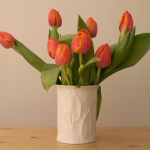
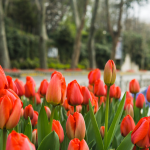
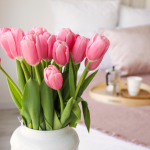
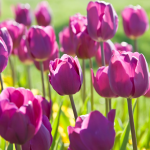
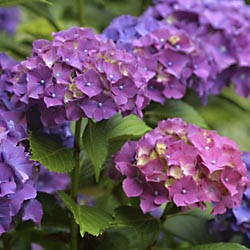
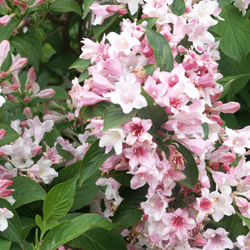 also invite hummingbirds and butterflies to your garden. Its graceful arching branches make Weigela perfect for adding structure and dimension to your landscape.
also invite hummingbirds and butterflies to your garden. Its graceful arching branches make Weigela perfect for adding structure and dimension to your landscape.
